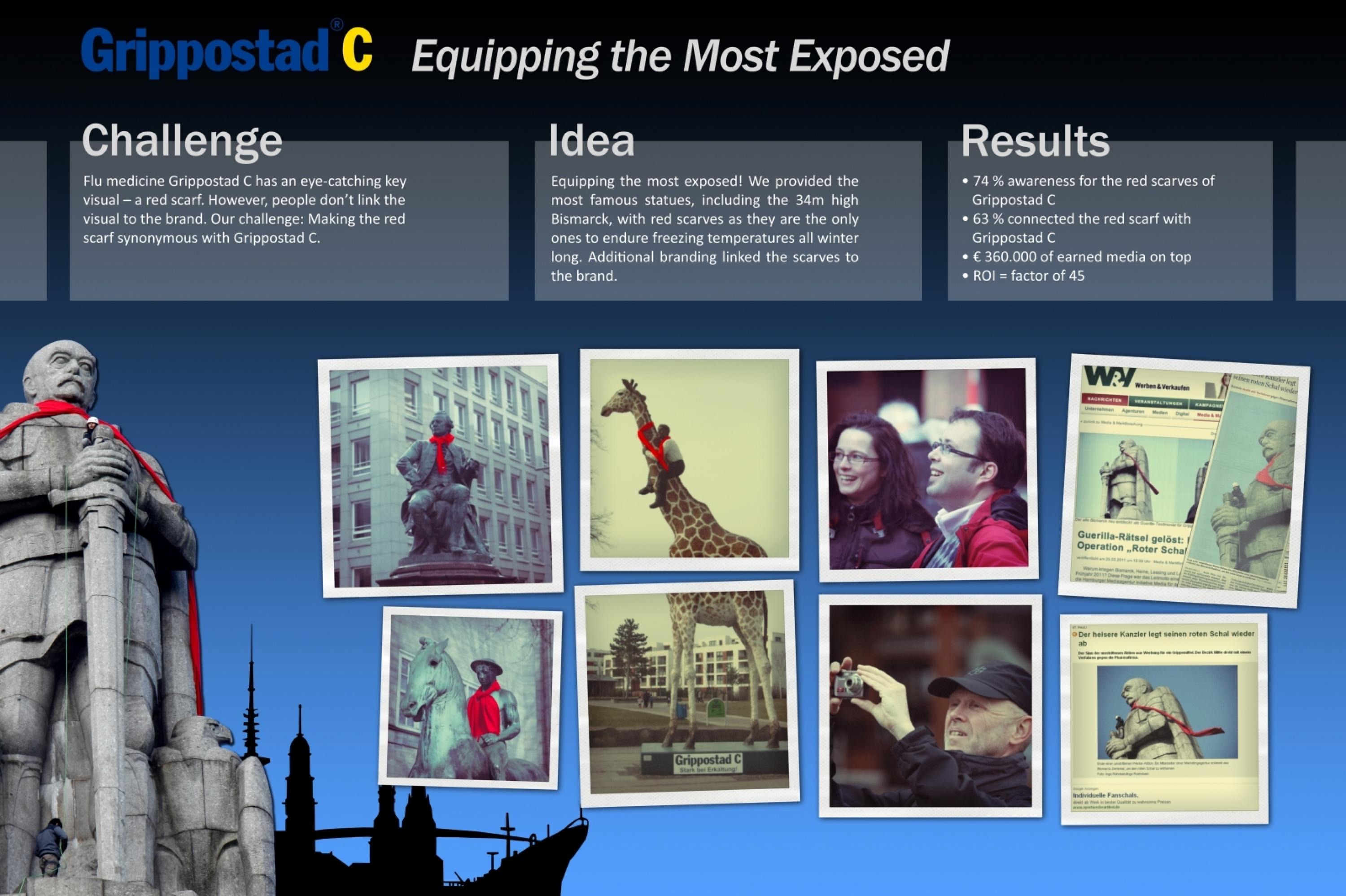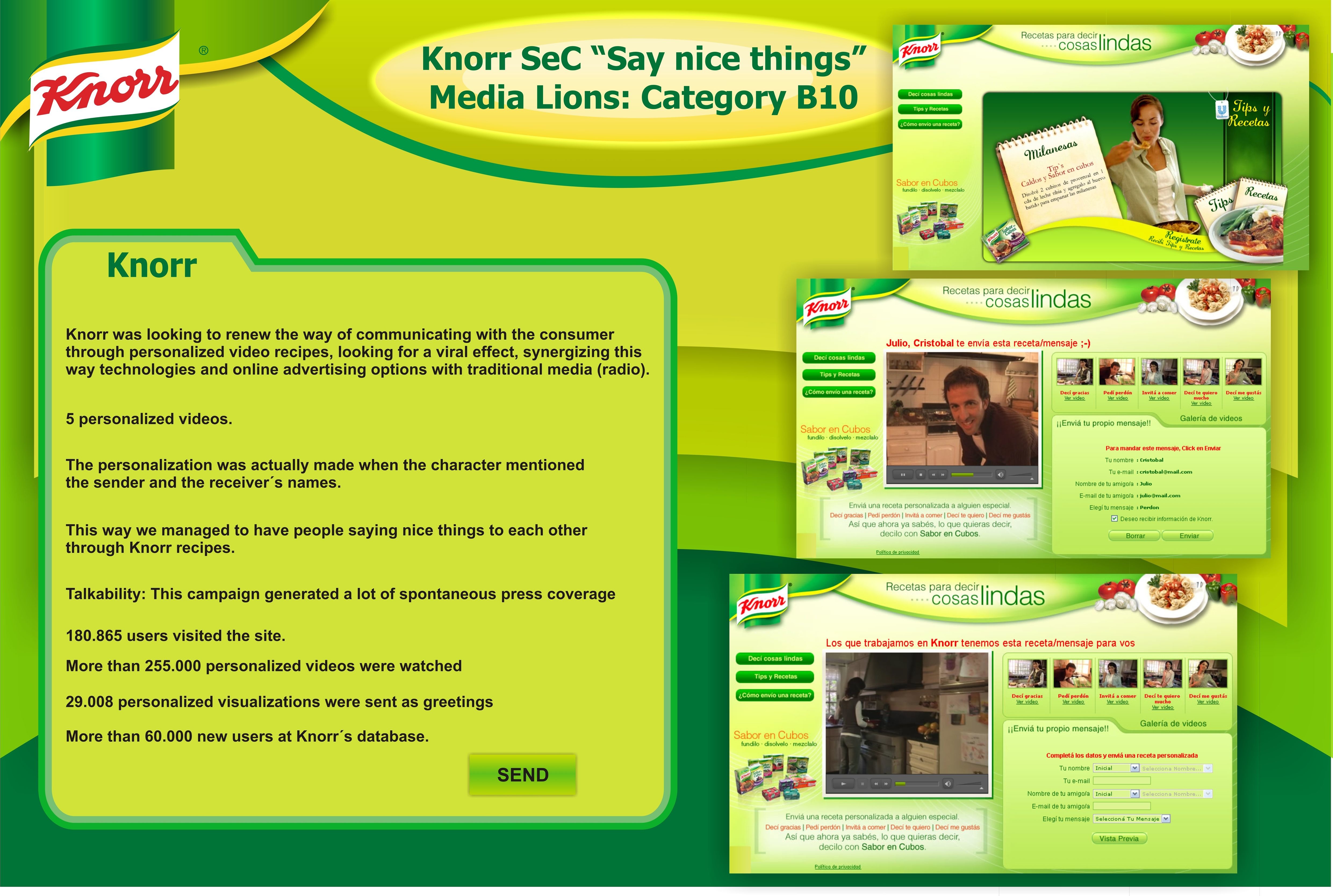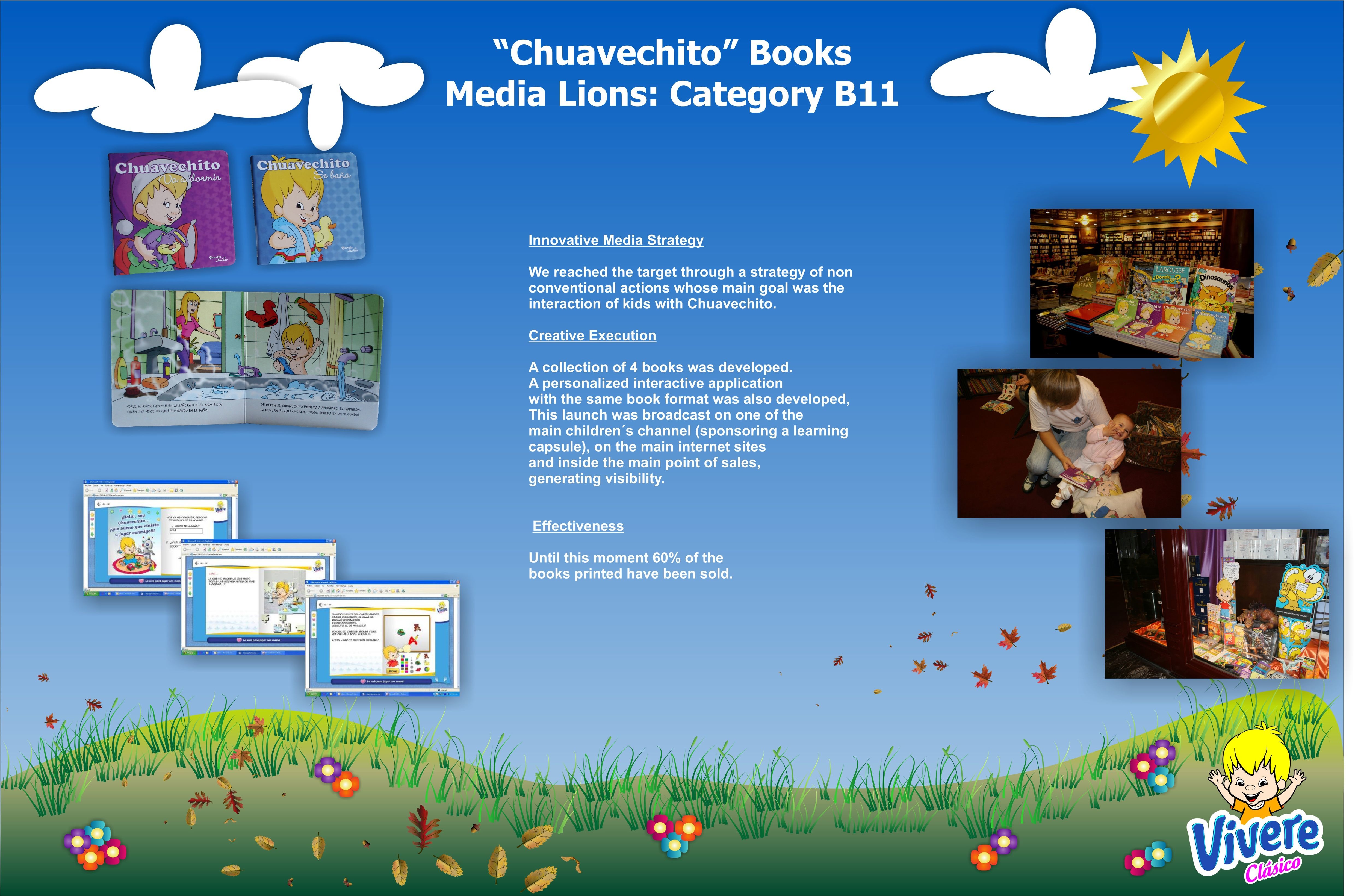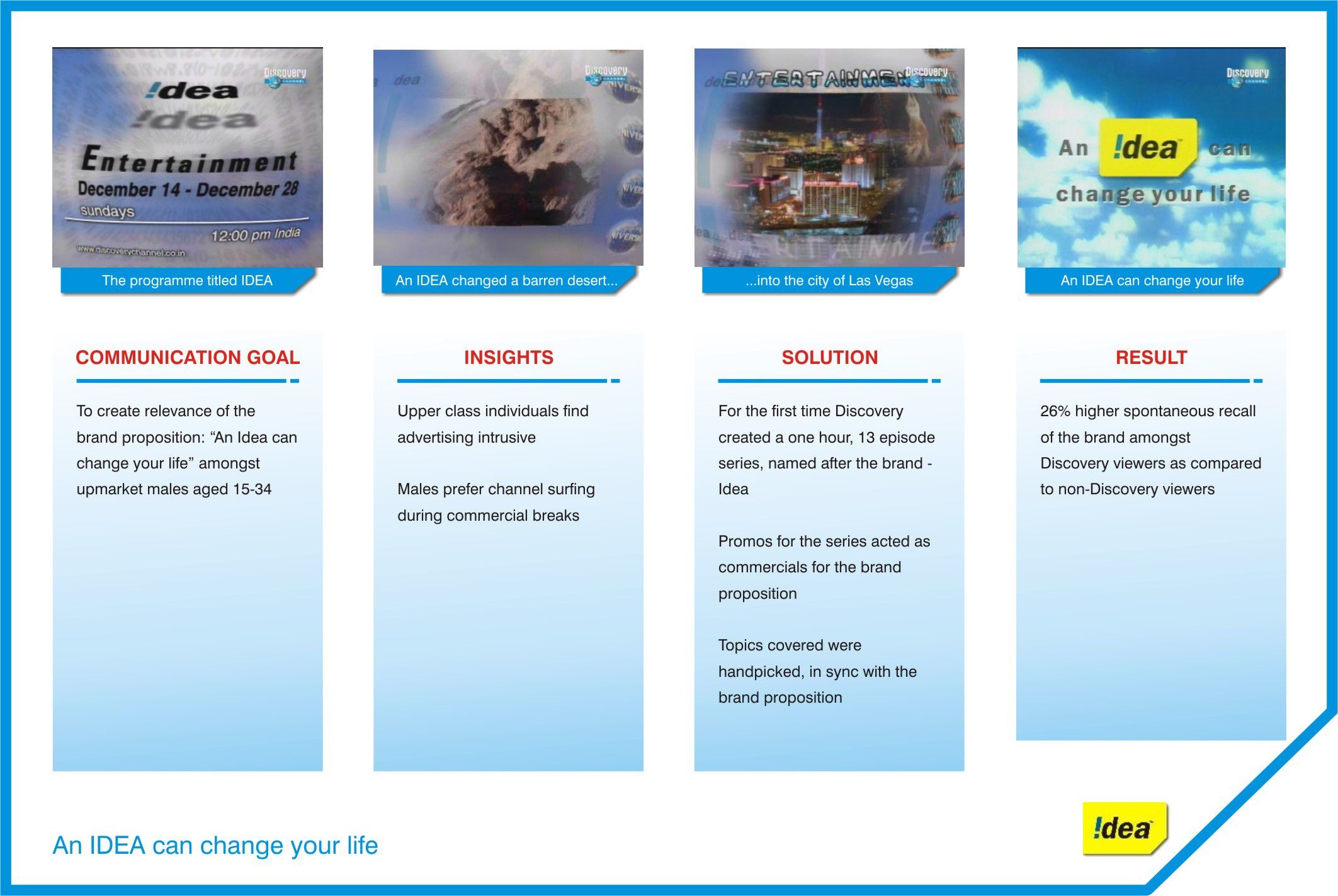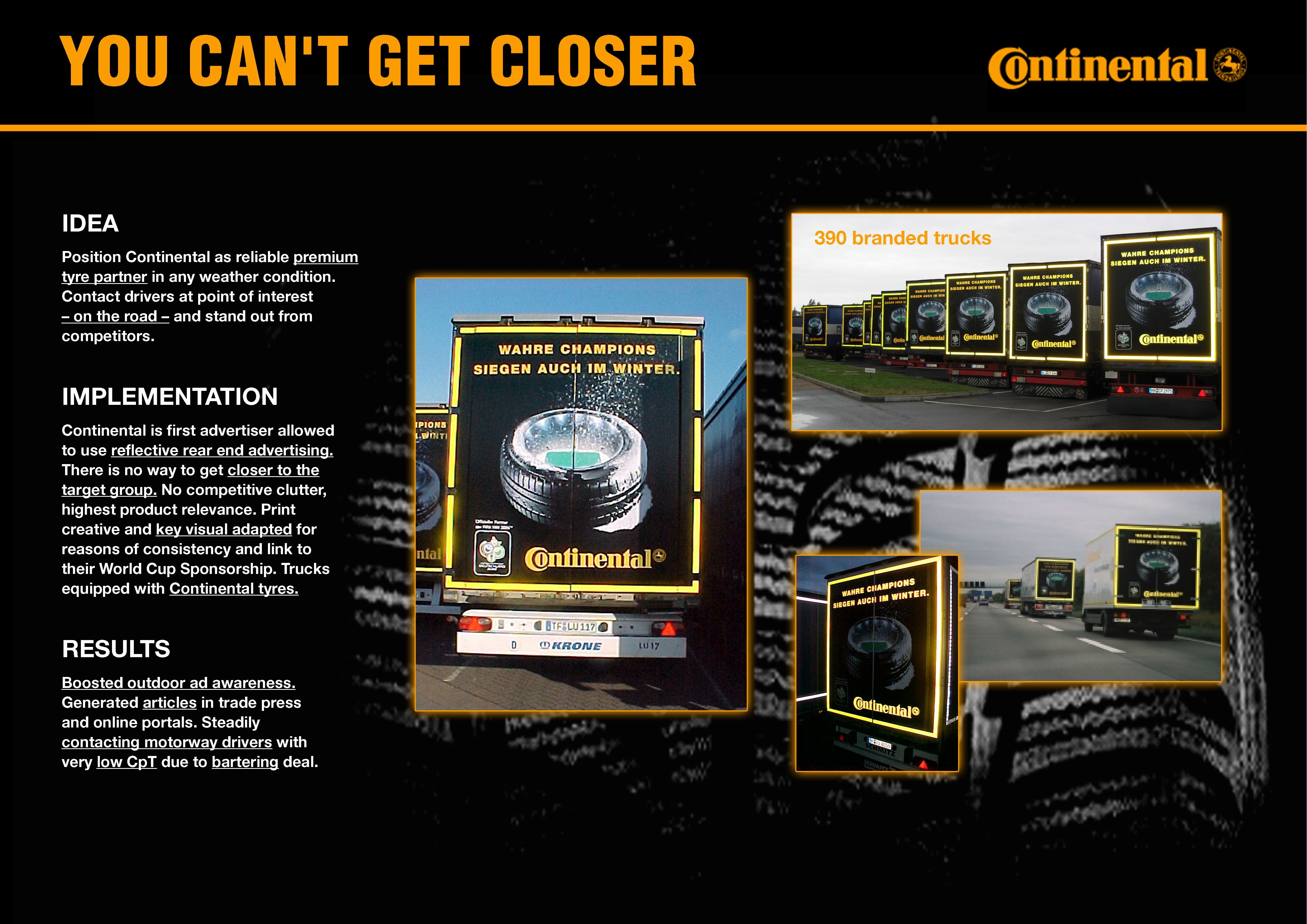Sustainable Development Goals > People
MISSION MILLETS
INITIATIVE MEDIA, Mumbai / ITC FOODS LIMITED / 2024

Overview
Credits
Overview
Why is this work relevant for Sustainable Development Goals?
As global climate change becoming an inescapable reality for India in 2023, the need arose to build food security by moving from weather-sensitive crops to the super-sturdy millets. While the PM of India, Narendra Modi, called for farmers and consumers to adopt millets, a complete lack of awareness was hindering its much needed adoption.
In response, ITC's Foods launched Mission Millets - a 360 degree initiative that helped farmers and consumers overcome every barrier in adopting millets and built the millets value chain in India. Thanks to Mission Millets, 15% farmers moved to millets and contributed to India's sustainable future.
Please provide any cultural context that would help the Jury understand any cultural, national or regional nuances applicable to this work.
Even though millets are an ancient food item in India, over time they were replaced by wheat and rice across every corner of India. However, as the devastating effects of climate change hit India, water-intensive crops like rice and wheat were the first to suffer. Unseasonal weather had started affecting yield, quality and prices and it became very clear that rice and wheat alone cannot be relied upon to build food security for India going forward.
With the vision to build sustainability in agriculture, the honorable PM of India, Narendra Modi, adopted UN's declaration of 2023 as the 'International Year of Millets' and called for farmers and consumers alike to once again adopt the climate friendly super-crop, millets.
However, a lack of awareness amongst farmers about how to grow millets coupled with a non-existent value chain resulted in farmers hesitating to make the switch. At the same time, consumers found it difficult to adopt millets into their daily life as choices in millets products were very limited.
This is why, Mission Millets was launched by ITC Foods business as a truly integrated initiative that attacked the problem at every level. From enabling farmers to grow millets by providing knowledge, finance and logistical support to creating a wide range of millets-products for every occasion to inspiring the nation to cook millets.
How does this campaign fit into the overall brand objectives? How is this part of the brand's wider commitment towards the UNs Sustainable Development Goals?
At ITC, it is a constant endeavor to support the national nutritional and health priorities emanating out of India’s commitments towards UN Sustainable Goals for 2030. Under the vision of “Nutrition For Nation” ITC's Foods Business developed a 4-pillar model that uniquely combines the strategic commitments to deliver on its nutrition strategy – “Help India Eat Better”
1. Launching a Value-Added Products Portfolio
2. Building a Sustainable Food Ecosystem
3. Enabling Healthy Communities
4. Driving Consumer & Employee Awareness
Inspired by the Prime Minister's vision to move to millets in 2023, ITC Foods launched Mission Millets as a program built on the above 4 pillars, It was devised as a 360 degree transformation that not only removed every barrier to adoption for farmers and consumers but also developed the entire millets value chain in India.
Today, it has turned into one of the most important initiatives ever taken by an Indian conglomerate towards achieving true sustainability for India.
By inspiring 15% of the farmers it reached out to move to millets profitably, Mission Millets helped India take big steps towards food security in the near future. At the same time, consumers joined the mission too as sales of ITC Foods millet portfolio grew by a whopping 164%!
Background
As a responsible organization that is building a sustainable future for India, ITC was the first conglomerate to declare its unwavering support to the millets revolution in India.
To inspire visible change at every level, the brief of Mission Millets was to attack the awareness and consideration problem with millets at every level while simultaneously developing the entire millets value chain in the country.
To do this, our objectives were:
1. Educate and enable farmers on how to grow millets sustainably and profitably
2. Inspire consumers to see millets as a tasty, healthy and very versatile choice
3. Launch a 'good-for-you' millets portfolio of products for every meal type that is affordable, easy to cook and tasty.
Describe the cultural / social / political climate and the significance of the work within this context
To inspire the adoption of millets amongst farmers and consumers, Mission Millets removed the following cultural, social and financial barriers:
1. To enable farmers to switch to millets, Mission Millets had to build the confidence amongst farmers by providing knowledge sharing, financial assistance, digital assistance, developing Farmer Producer Organizations etc. Farmers had to convinced about the overall profitability if they chose millets as demand for millets also needed to be improved.
2. Consumers had little to no understanding about any of the health benefits and climate-related advantages that millets have. Millets were also seen as a poor man's food item and perceived to be less tasty as compared to the popular choice. What's more - even if a consumer did consider millets, they were faced with a lack of affordable choices.
The holistic approach of the initiative inspired a seismic shift in India's approach to food security.
Describe the creative idea
Envisioned to be a mass movement across India, Mission Millets was a rallying cry towards achieving sustainability that involves everyone - farmers to consumers, government authorities, to research bodies, trade community to news media.
Mission Millets is a comprehensive strategic program that goes beyond regular brand campaigns and attacks the adoption problem at every possible segment of the value chain and audience cohorts. As an integrated program, Mission Millets combined a massive farmer activation program across 5 states with a robust consumer awareness program done with over 20+ leading media networks along with the launch of tasty, healthy and versatile millets products for every occasion in the day by the ITC Foods Business. Mission Millets was also responsible for repositioning of the humble millet to be a food items synonymous with great taste.
Describe the strategy
The core principle for Mission Millets was to deliver real change by creating real value for both farmers and consumers with millets. This is why, to fulfil its corporate purpose of “Help India Eat Better”, ITC launched Mission Millets and addressed the issues with the current millets ecosystem with a three pronged approach:
1. Enable farmers to farm Millets sustainably: In this stage, the objective was to provide the farming community with every form of assistance needed to switch to millets profitably
2. Educate, empower, and encourage consumers to choose millets: In this stage, the objective was to work with leading media platforms and key opinion leaders to mould public opinion about millets as a tasty, healthy and versatile option
3. Inspire adoption amongst consumers: In the final leg, Mission Millets focused on making the switch to millets an easy choice with the help of outstanding yet affordable products
Describe the execution
Mission Millets had a three pronged approach:
Enabling farmers:
1000+ local millet crop demonstrations and training sessions in 5 states
Developed Farmer Producer Organizations for market access and technology.
Collaborated with institutes for knowledge transfer, provided mobile app solutions, and developed value chains for 4 millet crops.
Empower customers:
ITC launched a 3-month campaign with 20+ media platforms to educate people, featuring experts and government representatives while the Mission Millets "Rath" toured 4 states for farmer education. A coffee table book and 100+ content pieces were published on millet benefits along with chef-made recipes that addressed taste concerns. A commemorative stamp in partnership with Indiapost marked the significance of the initiative.
Inspire adoption:
Mission Millets offered affordable, high-quality millet products for every meal, including snacks and staples. It introduced millet-based dishes at ITC Hotels and G20 summit, curated recipes at Cloud kitchens, and sampled millets in 350,000 households.
Describe the results/impact
Mission Millets paved the way for a truly sustainable future for India as both farmers and consumers joined the mission whole-heartedly.
• 15% of farmers opted for millets in their crop cycle through these initiatives, especially in dry and climate-prone areas
• ITC’s Mission Millet Program demonstrated a promising yield increment up to 27% across targeted geography in the states of Uttar Pradesh, Rajasthan, Karnataka and Maharashtra.
• In Uttar Pradesh, this increment in yield directly translated to up to 9% increase in gross income
• Consumers made the switch to millets easily as ITC’s millets portfolio saw a massive 164% increase in sales.
Describe the long-term expectations/outcome for this work
After a successful year 1, Mission Millets is set to grow into an even bigger movement over the next 2 years.
ITC will continue to inspire more farmers to adopt millets with stories of successful millets farmers, crop demonstrations, development of more FPOs, facilitation of farm-gate technology via millet-processing units. With the increasing commitment towards Net Zero, we aim to help farmers secure Green credit from Millet farming.
Millet recipes created by celebrity chefs, influencers and consumers will flood the internet. More Mission Millets coffee-table books will also be launched. New millet-based options will be served at every meal at ITC Hotels and their Cloud Kitchen network. Special millet festivals on e-commerce portals will be launched to target upmarket customers.
ITC Foods has a vision to take Mission Millets to international markets and inspire adoption of the super-crop in Europe, SE Asia, US and Canada.
Were the carbon emissions of this piece of work measured? For additional context, what consideration was given to the sustainable development, production and running of the work?
Carbon emissions were not considered in the development of this work.
More Entries from Hunger in Sustainable Development Goals
24 items
More Entries from INITIATIVE MEDIA
24 items

